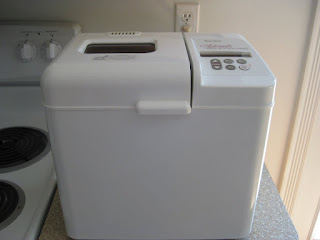According to the "Legal Tender Statute" (section 5103 of title 31 of the U.S. Code), "United States coins and currency (including Federal Reserve notes and circulating notes of Federal Reserve banks and national banks) are legal tender for all debts, public charges, taxes, and dues." This means that all U.S. money, as identified above, when tendered to a creditor legally satisfies a debt to the extent of the amount (face value) tendered.
However, no federal law mandates that a person or an organization must accept currency or coins as payment for goods or services not yet provided. For example, a bus line may prohibit payment of fares in pennies or dollar bills.
Some movie theaters, convenience stores and gas stations as a matter of policy may refuse to accept currency of a large denomination, such as notes above $20, and as long as notice is posted and a transaction giving rise to a debt has not already been completed, these organizations have not violated the legal tender law. (http://www.federalreserve.gov/generalinfo/faq/faqcur.htm)
What is legal tender?
31 USC 5103. Legal Tender United States coins and currency (including Federal Reserve Notes and circulating notes of Federal Reserve Banks and National banks) are legal tender for all debts, public charges, taxes, and dues. Foreign gold or silver coins are not legal tender for debts.However, there is no Federal statute which mandates that private businesses must accept cash as a form of payment. Private businesses are free to develop their own policies on whether or not to accept cash unless there is a state law which says otherwise.(http://www.moneyfactory.gov/faqlibrary.html)
The following table gives specifications for U.S. Mint legal tender coins presently in circulation.

Quick Circulating Coin Facts:
•Mutilated Coins: United States Coins no longer fit for circulation are classified as "uncurrent" or mutilated.
◦Uncurrent coins are coins that are worn yet recognizable as to genuineness and denomination, and are machine countable. Uncurrent coins are redeemed by the Federal Reserve Banks, then forwarded to the Mint for disposition.
◦Mutilated coins are coins that are chipped, fused and not machine countable. Mutilated coins are only redeemable through the United States Philadelphia Mint facility.
All uncurrent or mutilated coins received by the Mint are melted and reused in the manufacture of coinage strips.
I have some coins that were damaged and the bank will not redeem them. What can I do with them?
The Treasury Department has prescribed regulations regarding uncurrent and mutilated coins. Let us explain the difference. Uncurrent coins are whole, but are worn or reduced in weight by natural abrasion. They are easily recognizable as to genuineness and denomination, and they are such that coin sorting and counting machines will accept them. Merchants and commercial banks will generally accept or refuse these coins at their discretion. However, Federal Reserve Banks and branches handle the redemption of uncurrent coins.
Mutilated coins, on the other hand, are coins that are bent, broken, not whole, or fused or melted together. The United States Mint is the only place that handles redemption of mutilated coins, and they should be sent to the Mint at Post Office Box 400, Philadelphia, PA 19106.
(http://www.ustreas.gov/education/faq/coins/sales.shtml)
What happens to United States coins that are no longer fit for circulation?
"Those coins are classified either as uncurrent or as mutilated. Coins that are chipped, fused, and not machine-countable are considered mutilated. The Mint redeems mutilated coins at the value of their metal content.
Mutilated coins are only redeemable through the United States Mint at:
United States Mint
P.O. Box 400
Philadelphia, PA 19105
(215) 408-0203
Uncurrent coins are worn, but machine-countable, and their genuineness and denomination are still recognizable. Uncurrent coins are replaced with new coins of the same denomination by the Federal Reserve Banks, then forwarded to the United States Mint. All uncurrent or mutilated coins received by the Mint are melted, and the metal is shipped to a fabricator to be recycled in the manufacture of coinage strips."














